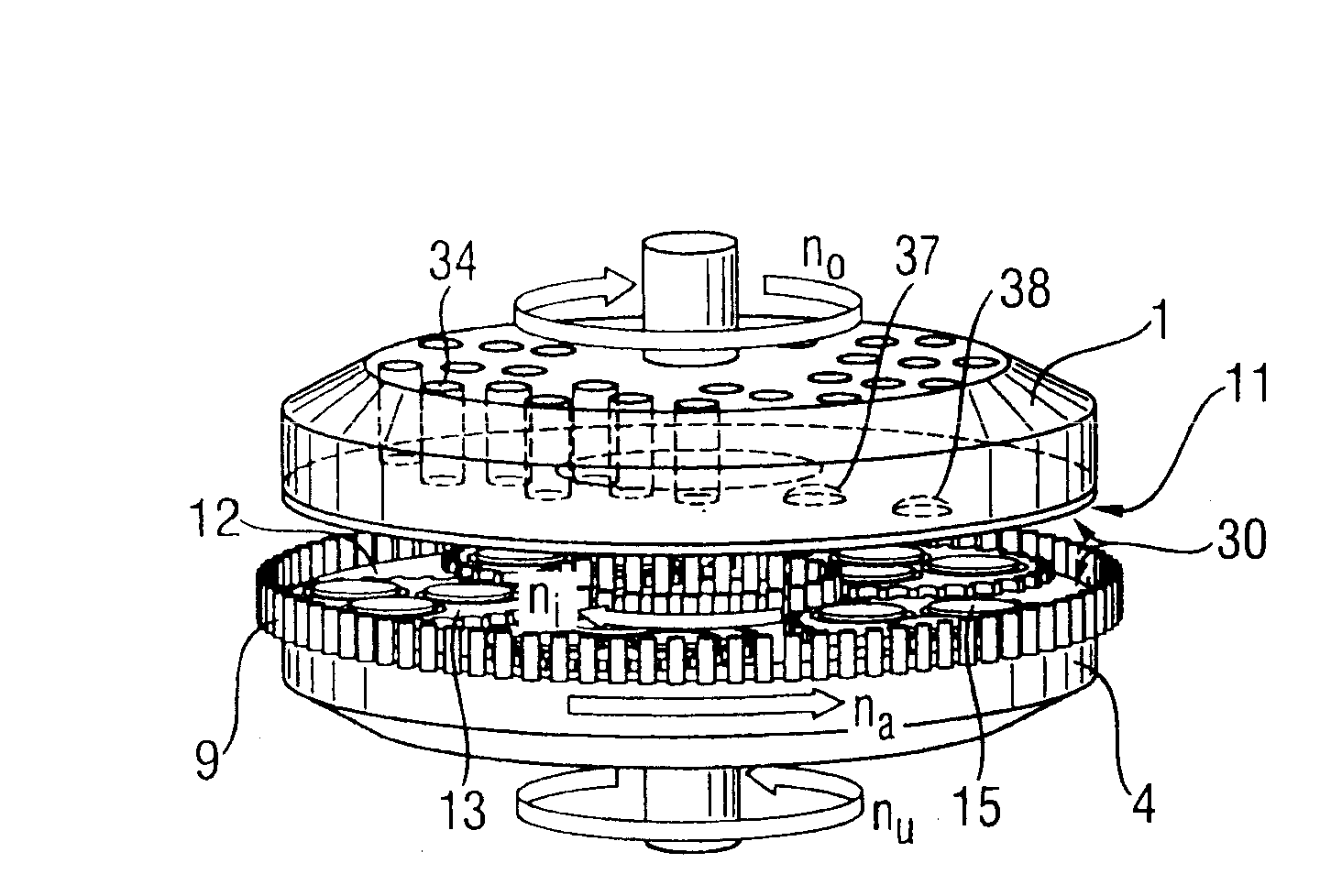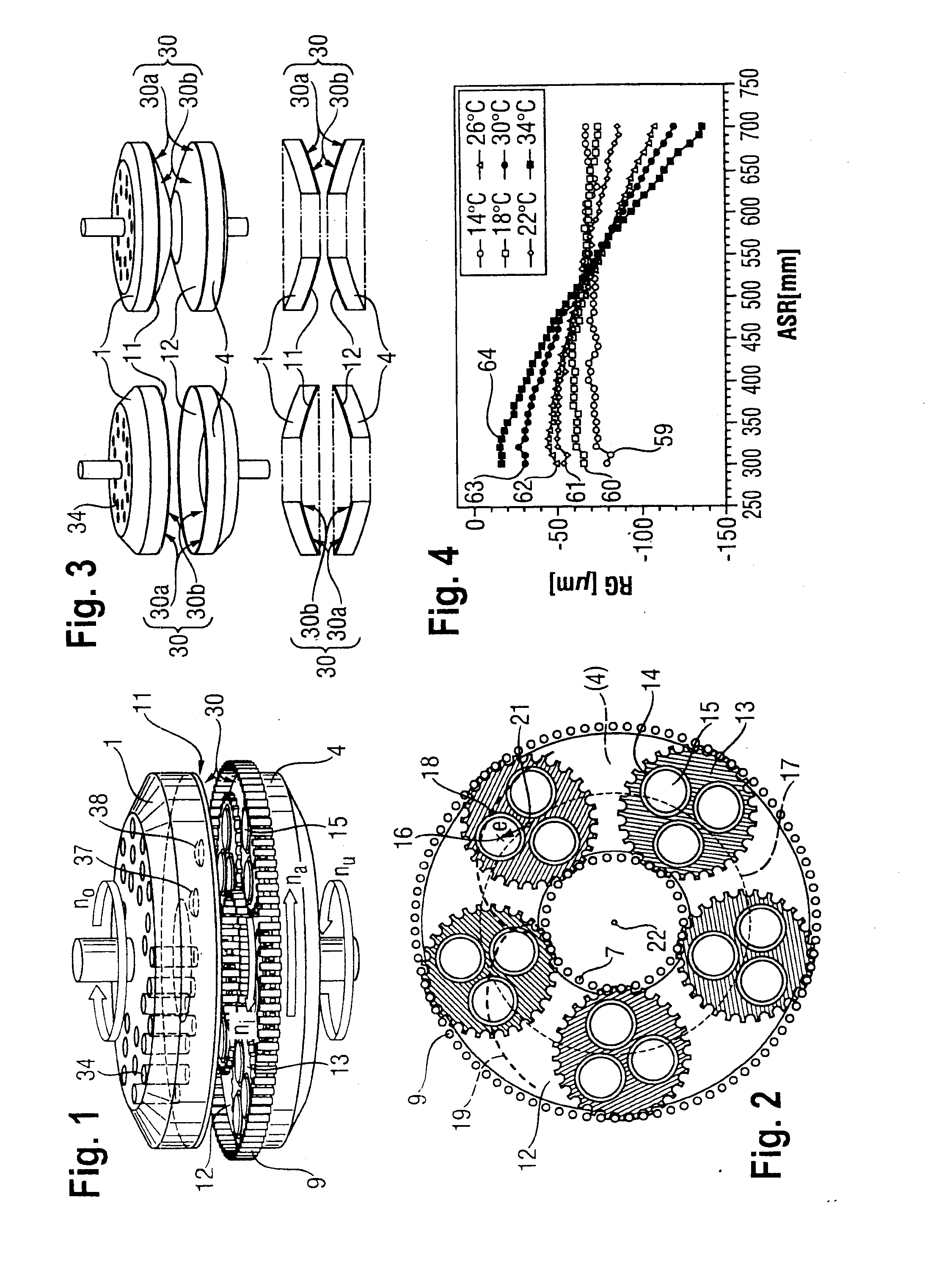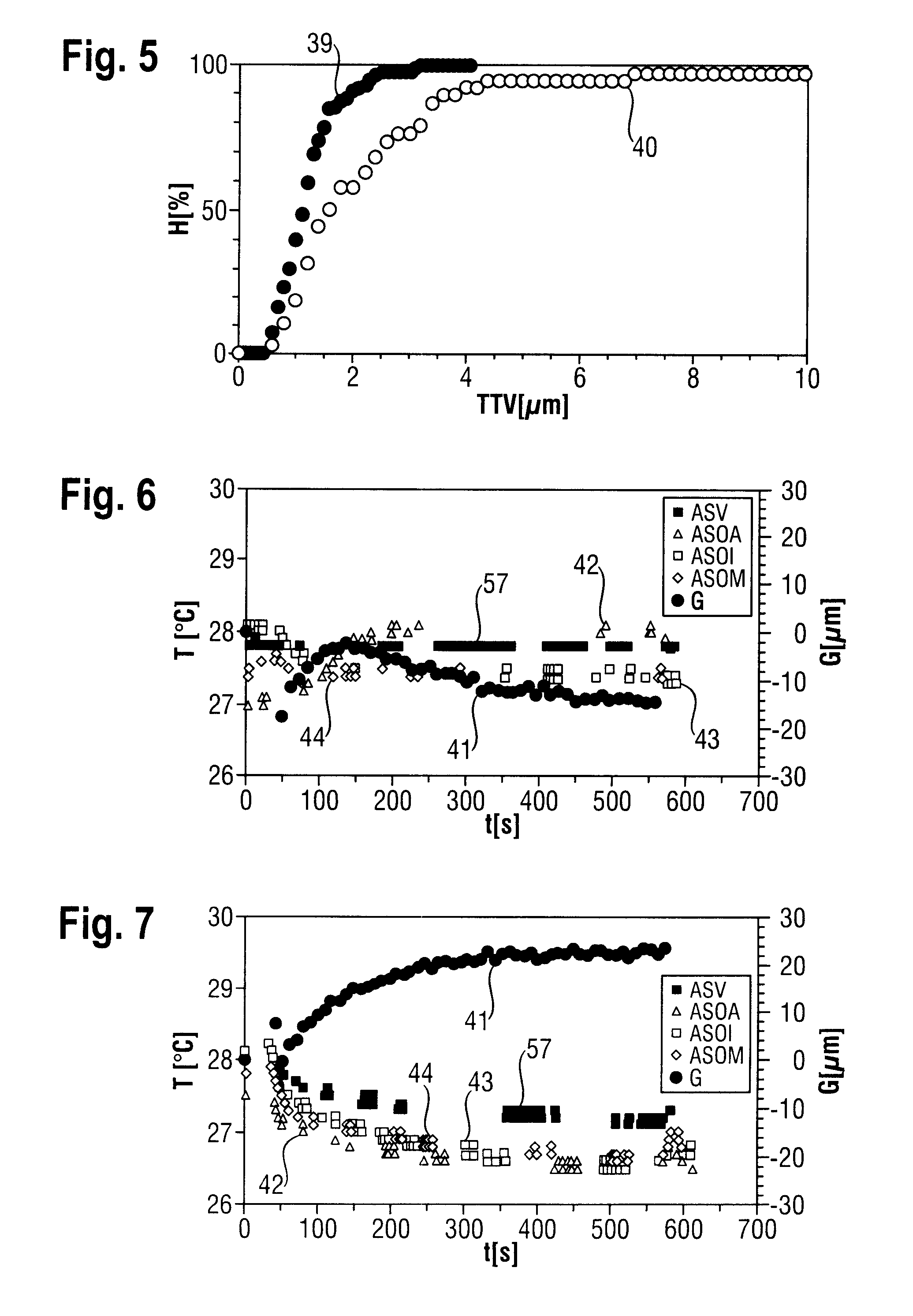Method For The Simultaneous Grinding Of A Plurality Of Semiconductor Wafers
- Summary
- Abstract
- Description
- Claims
- Application Information
AI Technical Summary
Benefits of technology
Problems solved by technology
Method used
Image
Examples
first embodiment
[0203]For this third method according to the invention (carrier with little interaction), use is made of a carrier which is completely composed of a first material or bears a full or partial coating composed of a first material such that only this layer comes into contact with the working layer during the machining, said first material having a high abrasion resistance.
[0204]Polyurethane (PU), polyethylene terephthalate (PET), silicone, rubber, polyvinyl chloride (PVC), polyethylene (PE), polypropylene (PP), polyamide (PA) and polyvinyl butyral (PVB), epoxy resin and phenolic resins are preferred for said first material. Furthermore, polycarbonate (PC), polymethyl methacrylate (PMMA), polyether ether ketone (PEK), polyoxymethylene / polyacetal (PON), polysulfone (PSU), polyphenylene sulfone (PPS) and polyethylene sulfone (PES) can also advantageously be used.
[0205]Polyurethanes in the form of thermoplastic elastomers (TPE-U) are particularly preferred. Likewise particularly preferred ...
second embodiment
[0224]For the third method according to the invention (“dressing carrier”), use is made of a carrier which is completely composed of a second material or as a coating of the parts which come into contact with the working layer composed of a second material, said second material containing substances which dress the working layer.
[0225]It is preferred for said second material to contain hard substances and to be subject to wear upon contact with the working layer, such that hard substances that dress the working layer are released as a result of the wear. It is particularly preferred for the hard substances released in the course of the wear of the second material to be softer than the abrasive contained in the working layer. It is particularly preferred for the released material to be corundum (Al2O3), silicon carbide (SiC), zirconium oxide (ZrO2), silicon dioxide (SiO2) or cerium oxide (CeO2) and for the abrasive contained in the working layer to be diamond. Most preferably, the ha...
PUM
| Property | Measurement | Unit |
|---|---|---|
| Fraction | aaaaa | aaaaa |
| Fraction | aaaaa | aaaaa |
| Fraction | aaaaa | aaaaa |
Abstract
Description
Claims
Application Information
 Login to View More
Login to View More - R&D
- Intellectual Property
- Life Sciences
- Materials
- Tech Scout
- Unparalleled Data Quality
- Higher Quality Content
- 60% Fewer Hallucinations
Browse by: Latest US Patents, China's latest patents, Technical Efficacy Thesaurus, Application Domain, Technology Topic, Popular Technical Reports.
© 2025 PatSnap. All rights reserved.Legal|Privacy policy|Modern Slavery Act Transparency Statement|Sitemap|About US| Contact US: help@patsnap.com



